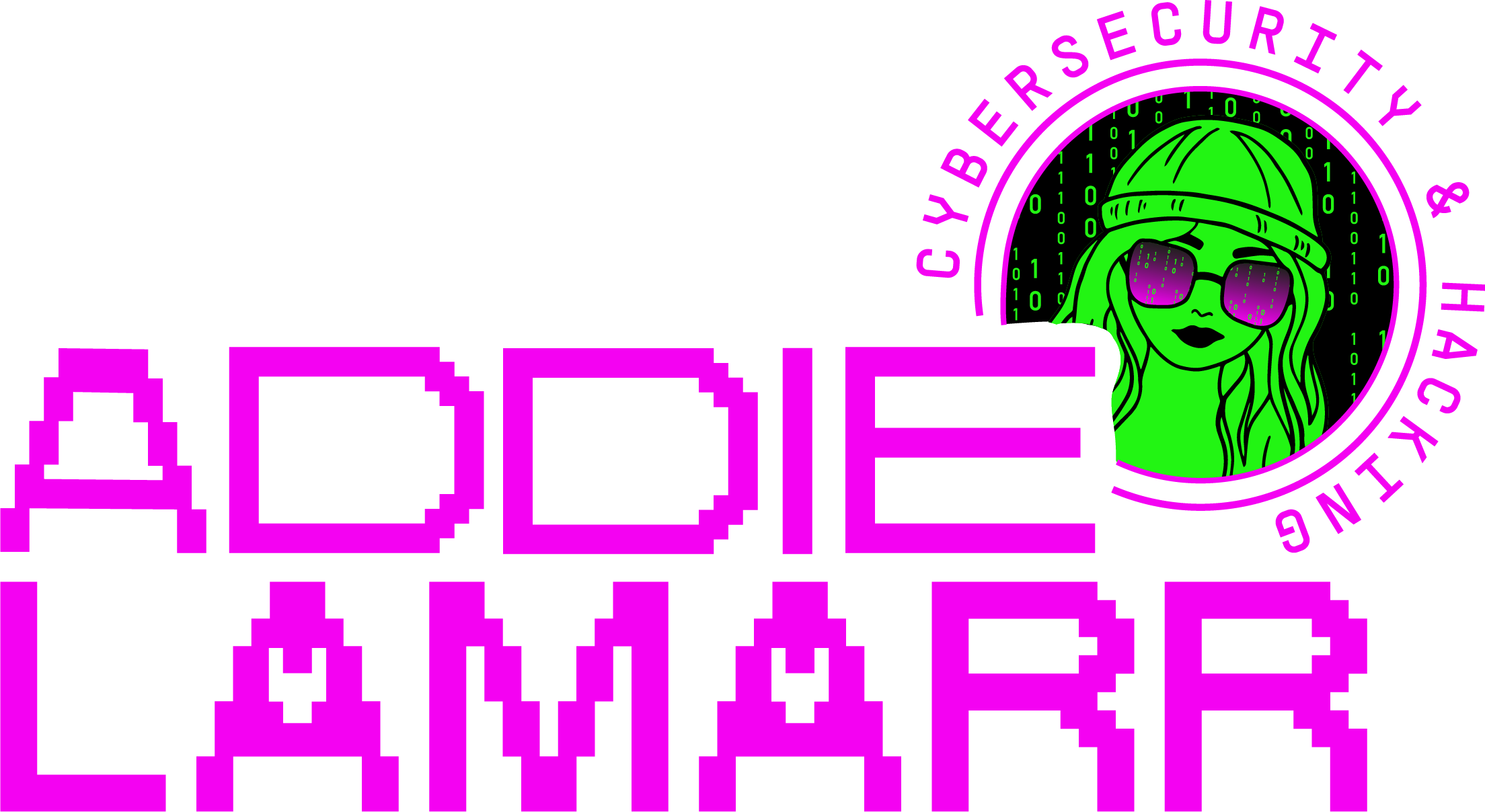At the start of the pandemic, I found myself working in Washington, D.C., serving as a cybersecurity policy advisor and liaison between the Department of Justice’s CIO and the FBI’s CIO.
This role was quite an adventure, giving me a front-row seat to the inner workings of these two institutions and the chance to contribute to the development of NIST cybersecurity policies and regulations.
While I was thrilled to be part of the action, I gradually noticed that the FBI seemed to have a bit of a “rule-bending” streak when it came to their operations.

This became particularly concerning when I learned about their procurement of a controversial software called Pegasus.
Pegasus spyware, developed by an Israeli company, is a powerful tool capable of infiltrating smartphones and extracting personal data, intercepting communications, and even remotely activating microphones and cameras.
Although the FBI claims they never used the software in any investigations, the fact that they had it in their possession and their disregard for rules left me with an uneasy feeling I couldn’t shake.
Further, they do use Magic Lantern.
Magic Lantern is a sophisticated and stealthy spyware program, reportedly developed by the FBI, designed to covertly infiltrate a target’s computer system for remote surveillance purposes.
This includes capturing keystrokes and monitoring online communications.
What makes Magic Lantern particularly insidious is that some antivirus software (McAfee in the United States has stated they do not detect it, then changed their stance) specifically do not detect it, allowing the malware to infiltrate target computer systems and conduct its surveillance activities without being noticed.
The use of such software could be seen as a massive overreach of power and a potential violation of the proper channels outlined in the 4th Amendment, which protects citizens from unreasonable searches and seizures.

This realization left me grappling with a moral dilemma, and I ultimately decided to part ways with my position, staying true to the principles I had dedicated my career to protecting.
With a renewed sense of purpose, I ventured into the world of cryptocurrency and became an advocate for financial and technical activism as a means to subvert these dystopian methodologies.
I focused on educating others about protecting themselves from potential government surveillance and overreach, ensuring they were aware of their rights and how to safeguard their privacy.
Though my time at the DOJ was quite an experience, I’ve found immense fulfillment in helping others protect their privacy and stand up against potential abuses of power.
So how did we get here?
The Sinister Origins of the Surveillance State: Unraveling the Dark Side of the Patriot Act
In the wake of the 9/11 terrorist attacks, the United States enacted the Patriot Act, a sweeping piece of legislation designed to bolster the government’s ability to detect and prevent acts of terrorism.

But has this controversial law gone too far?
Are we sacrificing our civil liberties and privacy rights in the name of national security?
One of the Act’s most contentious provisions is the “library records” section, which empowers the government to access tangible items relevant to terrorism investigations without needing a warrant.
How far can the government go in using this provision?
And is it invading our privacy in the process?
Together with the “roving wiretap” and “sneak and peek” clauses, these invasive surveillance practices have sparked widespread concern that they encroach on basic constitutional rights.
Alarmingly, the broad definition of “domestic terrorism” within the Act has raised fears that it could be weaponized against political dissenters and activists.
With reports of the FBI infiltrating and monitoring various activist groups, can we trust the government to protect our First Amendment rights?

And what about efforts to undermine encryption and create backdoors in encrypted technologies?
These chilling developments paint a disquieting picture of a government that may be increasingly willing to sacrifice civil liberties in the name of control.
The Patriot Act’s expansive powers have led to a series of deeply unsettling instances of government misconduct and wrongful convictions. Among the most notorious cases are:
1. Brandon Mayfield: Falsely arrested and detained as a suspect in the 2004 Madrid train bombings due to an erroneous fingerprint match, Mayfield was released after two weeks when the mistake was uncovered.
2. Maher Arar: A Canadian citizen, Arar was detained in 2002 while transiting through the United States. Wrongfully accused of being an Al-Qaeda member, he was deported to Syria, where he endured almost a year of torture before being released. What led to such a horrifying miscarriage of justice?
3. Yassir Fazaga: Fazaga, an imam at a California mosque, was among several individuals subjected to illegal surveillance by the FBI. Although the operation was framed as a counterterrorism measure, it later emerged that the FBI had no valid basis for suspecting any wrongdoing. Why were they being watched?
4. The Lackawanna Six: In 2002, six Yemeni-American men from Lackawanna, New York, were arrested on charges of providing material support to terrorists. The evidence against them was thin, and it was later found that they were coerced into pleading guilty by the threat of being labeled enemy combatants.
5. Ahmed Abu Ali: A U.S. citizen, Abu Ali was arrested in Saudi Arabia in 2003 on terrorism-related charges. He was later extradited to the U.S. for trial, where he was convicted based on a confession obtained under torture in Saudi Arabia.
These disturbing cases highlight the perils of the unchecked powers granted by the Patriot Act, serving as a stark reminder of the need to strike a delicate balance between national security and the protection of individual rights.
As the government’s surveillance apparatus continues to expand, it’s crucial that we remain vigilant in safeguarding our civil liberties and holding those in power accountable.

So, what can we do to ensure our rights are protected in this era of heightened surveillance?
While the topic of government surveillance and cybersecurity is undoubtedly serious, it’s crucial to make this information accessible and memorable for the general public.
To that end, I like to approach the subject with a touch of humor, making it engaging and digestible without detracting from the gravity of the issue at hand.
So, let’s dive into the world of “CyberShrekurity,” our humorous and unforgettable line of defense against government overreach.
Remember, beneath the lighthearted exterior lies the vital mission to protect our privacy, data, and civil liberties.
Let’s get ready to explore this digital swamp together!
Welcome to the Land of CyberShrekurity: Defense in Depth, Inconvenience, and Investing in Your Security
In the enchanted land of CyberSwamp, our valiant ogre Shrek was given the noble task of safeguarding the realm’s cherished digital treasures from foes like Lord Farquaad (the government) and cunning hackers.
To accomplish this feat, Shrek employed a strategy known as Defense in Depth, a technique favored by governments.
Yet, in Shrek’s world, this tactic is called CyberShrekurity, for it boasts layers upon layers of defenses, much like an onion or a resourceful ogre.
By utilizing numerous countermeasures, Shrek made it exceptionally annoying and inconvenient for any intruder to breach his formidable defenses.
The goal of CyberShrekurity is to make it so difficult and time-consuming for cyber threats to access your information that they give up and move on to simpler targets.

By forcing them to jump through numerous hoops, like subpoenaing your Internet Service Provider, your VPN, and many more entities, you create a multi-layered defense that deters even the most persistent digital evildoers.
A major component of CyberShrekurity is using PAID services.
Remember, if you’re not paying for a service, you are the service, and companies are likely selling your data.
Additionally, companies are more inclined to protect paying customers’ data because they’re financially incentivized to do so.
Here are some of the basic onion layers of CyberShrekurity to help you build a robust line of defense:
Layer 1: The Swamp (Firewalls & Antivirus) – Just as Shrek’s swamp keeps unwanted visitors away, firewalls and antivirus software keep hackers and malware out of your devices.
Layer 2: The Donkey (Strong, Unique Passwords & Salted Password Manager) – Shrek’s loyal companion, Donkey, represents strong, unique passwords for each online account. To manage these unique passwords, use a salted password manager with a robust master password. It’s wise to pay for your password manager, as they are generally inexpensive and provide enhanced security features.
Layer 3: The Fairy Tale Creatures (Authenticator Apps for Two-Factor Authentication) – These essential community members represent two-factor authentication (2FA) through authenticator apps like Authy. Avoid using your phone for 2FA, as SIM hijacks can be conducted remotely and have led to high-profile hacks. By using a dedicated authentication app, you add an extra layer of security when logging into your accounts.
Layer 4: The Dragon (PAID VPN) – Dragon, the fierce protector of Princess Fiona, symbolizes a PAID VPN (Virtual Private Network) that encrypts your data and hides your IP address. A paid VPN is more likely to protect its paying customers, and the blocks of IP addresses on free VPNs are easier to identify, making them less secure. By investing in a reputable paid VPN, you can be confident in your online privacy and security.
Layer 5: The Ogre Resistance (Education & Awareness) – This crucial final layer symbolizes your knowledge and awareness of online threats. Staying informed about the latest cybersecurity threats and best practices is essential for protecting yourself in the digital realm. A valuable resource to keep you up-to-date is the concise, no-nonsense podcast called “Unsupervised Learning,” which offers a 10-minute episode every Monday, summarizing vital information security news, covering hacks, vulnerabilities, and exploits in a straightforward manner. With this knowledge at your fingertips, you’ll be well-equipped to fend off any digital dangers lurking in the CyberSwamp.
By implementing a multi-layered CyberShrekurity strategy, you can keep your personal digital life protected from cyber threats, just as Shrek and his friends work together to protect their swamp.
Remember, in the world of CyberShrekurity, it’s important to be like an onion – the more layers, the better.
Embrace the power of CyberShrekurity and keep your digital swamp safe, sound, and inconvenient to intruders!
Stay Curious,
Addie LaMarr



